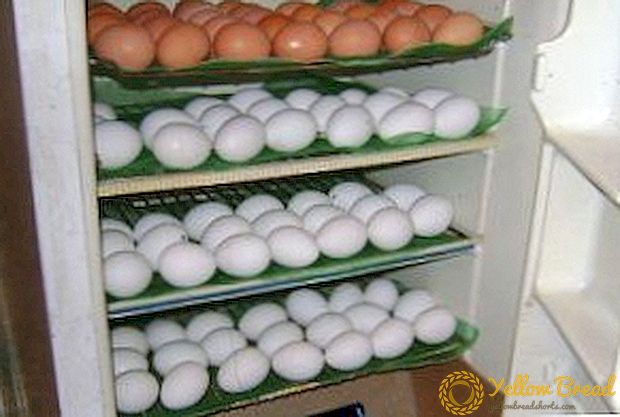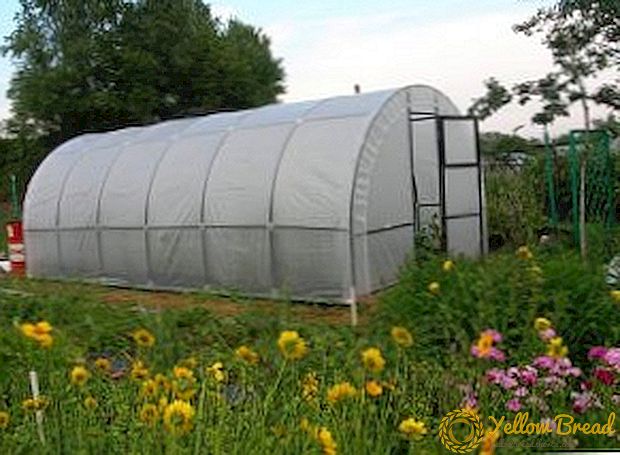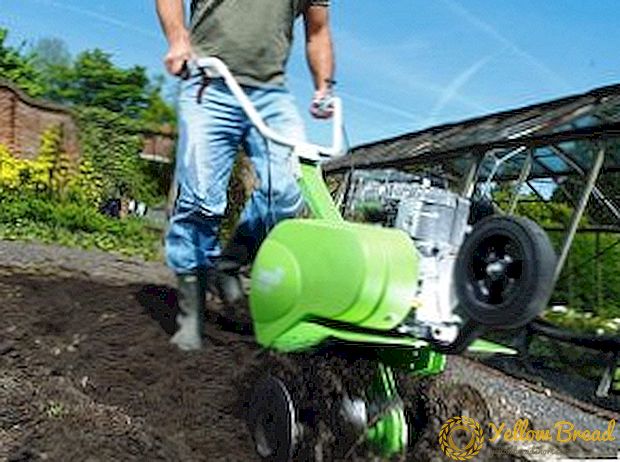
Being engaged in breeding poultry occupation is very exciting.
A self-made incubator is a very useful invention and also an economical one.
Incubator devices that are manufactured in special factories are an expensive pleasure, and those who want to breed poultry often cannot afford to buy such equipment.
There is a diverse range of inventions of incubation devices from barrels, furnaces, etc., but we will tell you about the incubator from the refrigerator.
Therefore, this article will tell you in full how to make an incubator with your own hands.
The main requirements that must be followed when using the incubator from the refrigerator, as well as the scheme of this device
The main advantage of a refrigeration incubator is that factory refrigerators have a very important thing: thermal insulation.
In order to begin the process of manufacturing such a device, you first need to determine the number of eggs that you will load into the incubator, for beginning poultry farmers the optimal number of eggs would be no more than 50.
Requirementswhich should be followed when using the incubator:

- The number of days that must pass before hatching should be at least 10.
- During these ten days, eggs should be kept at a distance of about 1-2 centimeters from each other.
- The temperature within ten days must be at least 37.3 degrees and not more than 38.6 degrees.
- In the period of laying eggs, the humidity should be about 40-60%. Further, when the chicks already begin to appear, the humidity is increased to 80%. As follows at the time of selection of chicks, the humidity is reduced.
- Eggs should be in a vertical position with a sharp tip down or in a horizontal position. With a vertical position, eggs in a tray are placed at a 45 degree angle.
- If you are trying to hatch ducks and geese, the eggs should be at a 90 degree angle.
- If the eggs in the tray are arranged horizontally, then they turn over at an angle of 180 degrees, depending on their initial position. Best of all, this turn spends every hour, but at least once every three hours. Before the chicks hatch from the eggs, which is about three days before their hatching, it is better not to roll the eggs.
- For a self-made incubator, ventilation is very important. With the help of ventilation is the regulation of temperature and humidity in the incubator. The approximate speed should be about 5 meters per second.
- The incubation method for chicks is very close to the natural method.
Scheme of the incubator or what it consists of

No unnecessary and old refrigerator needs to be thrown into a landfill, you can make an incubator out of it for the withdrawal of poultry.
The old freezer should be removed from the refrigerator. When using an incubator, you will need a network connection of 220 V.
To construct the device, you will need the following parts: an electrocontact thermometer, a KR-6 relay, or you can take any other models, lamps.
The power of resistance of the coil should not exceed 1 watt. The assembled structure must be connected together with the lamps to the network. Incubator lamps are used L1, L2, L3, L4, which maintain the temperature up to 37 degrees. Lamp L5 equally heats up all eggs located in the incubator, and also maintains optimum humidity.
The coil used opens the contacts KP2, and when the temperature in the incubator decreases, the process repeats.After the first use of the incubator, it is necessary to maintain the temperature mode with several lamps on all the time.
Made fixture should not consume more than 40 watts of power.
When designing an incubator, you can use both natural air circulation and artificial air.
Eggs located in the incubator can roll over, as well as using a special device.
There are situations that turn off electricity, so you can put a bowl of warm water in the incubator, which for some time will replace the lamp.
What can be made frame

The frame can be made of packaging from the TV. Inside it is reinforced with reinforcement or rivers. Inside the resulting frame can be positioned cartridges with lamps, not very high power, to maintain normal humidity and temperature. Porcelain cartridges are best suited.
To humidify the air, you can use a jar of water.
The distance between the lamp and the eggs should be 19 centimeters.
The distance between the grids can be about 15 centimeters.
To check the temperature in the incubator you can use ordinary thermometer.
The outer wall of the incubator should be removed, it must be covered with a material of dense fabric. To the side wall you need to attach the bath.
An 8 x 12 centimeter hole is made at the top of the incubator, to keep an eye on the temperature and for ventilation.
What should be the base of the incubator
At the base of the incubator, you need to make three small ventilation holes 1.5x1.5 cm in size. The amount of water needed per day is no more than half a circle. In the recesses between the slats put the eggs, but not tightly to each other, so that you can make a turn 180 degrees.
In order for evaporation to occur, 15 or 25 W lamps are used. To make it easier for the chicks to peck at the tough shells. do not turn off the evaporator.
When the eggs turn, then they cool, it takes two minutes. Throughout the period in the incubator should be maintained at a temperature of 38.5 degrees.
Incubator head
The upper case of the device must be covered with a dense mesh. Also with your own hands you need to mount two 40W bulbs.Bees are very good heat conductors, as well as monitor the optimum moisture regime. Can be used as a working hive, and no. In order for the bees not to penetrate, the beehive is wound with a very fine mesh and placed on the frame. The liner is placed directly above the net, where the first eggs are located, which are covered with a thick cloth.
What mode of operation should an incubator have?
Before starting the incubation period, it is necessary to check everything in the incubation device for three days, as well as to establish the necessary temperature for the eggs.
The important points is to there was no overheating in the incubator, otherwise all the chicks may die.
It is necessary to turn the eggs every three hours, because there is a difference between the two sides of 2 degrees.
The temperature regime in the incubator is observed depending on the types of poultry you have selected.






